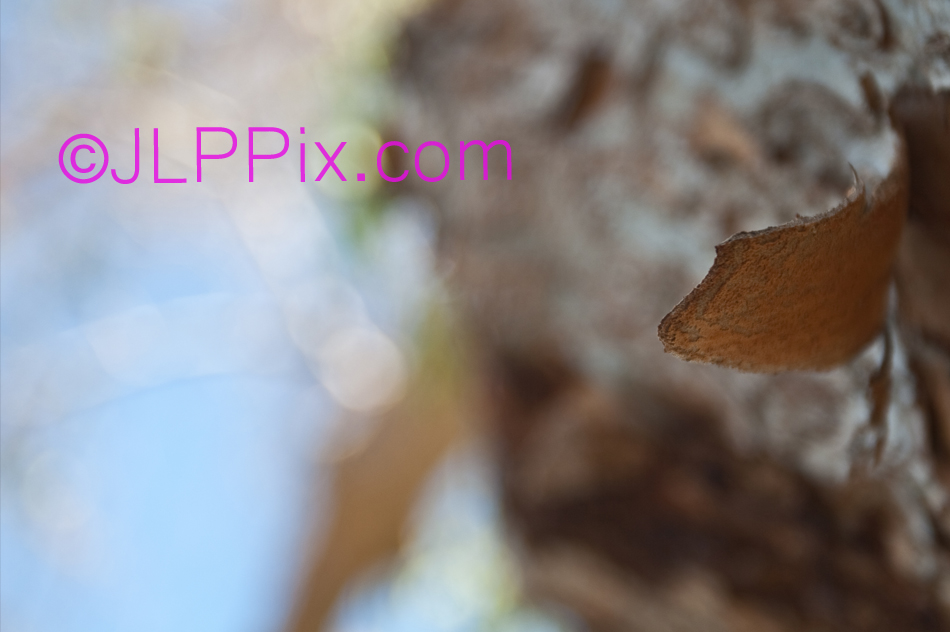Depth of Field – March 14, 2013
This image was shot at the Pointe South Mountain, March 2, 2012. Josiah and went to scout photo locations. Depth of field, can refer to everything in the image being “tack” sharp, or one very small area can be in focus to draw your eye to that location. This is a very narrow depth of field. The background being out of focus is referred as “bokeh”.
Shot with the Canon 30D, 17-40mm L glass, ISO-100 , 1/160 sec, 40mm, F4 is what gives the narrow depth of field. If this same image was shot at F22 everything would have been much sharper, but a smaller aperture, (higher number for the f-stop) also means less light hits the sensor, so the shutter would have to be open longer, and possibly the ISO raised to 200, or 400 to make the sensor more sensitive the the smaller amount of light.
In photography, bokeh is the blur, or the aesthetic quality of the blur, in out-of-focus areas of an image. Bokeh has been defined as “the way the lens renders out-of-focus points of light”. However, differences in lens aberrations and aperture shape cause some lens designs to blur the image in a way that is pleasing to the eye, while others produce blurring that is unpleasant or distracting—”good” and “bad” bokeh, respectively. Bokeh occurs for parts of the scene that lie outside the depth of field. Photographers sometimes deliberately use a shallow focus technique to create images with prominent out-of-focus regions.
Bokeh is often most visible around small background highlights, such as specular reflections and light sources, which is why it is often associated with such areas. However, bokeh is not limited to highlights; blur occurs in all out-of-focus regions of the image.

Leave a Reply